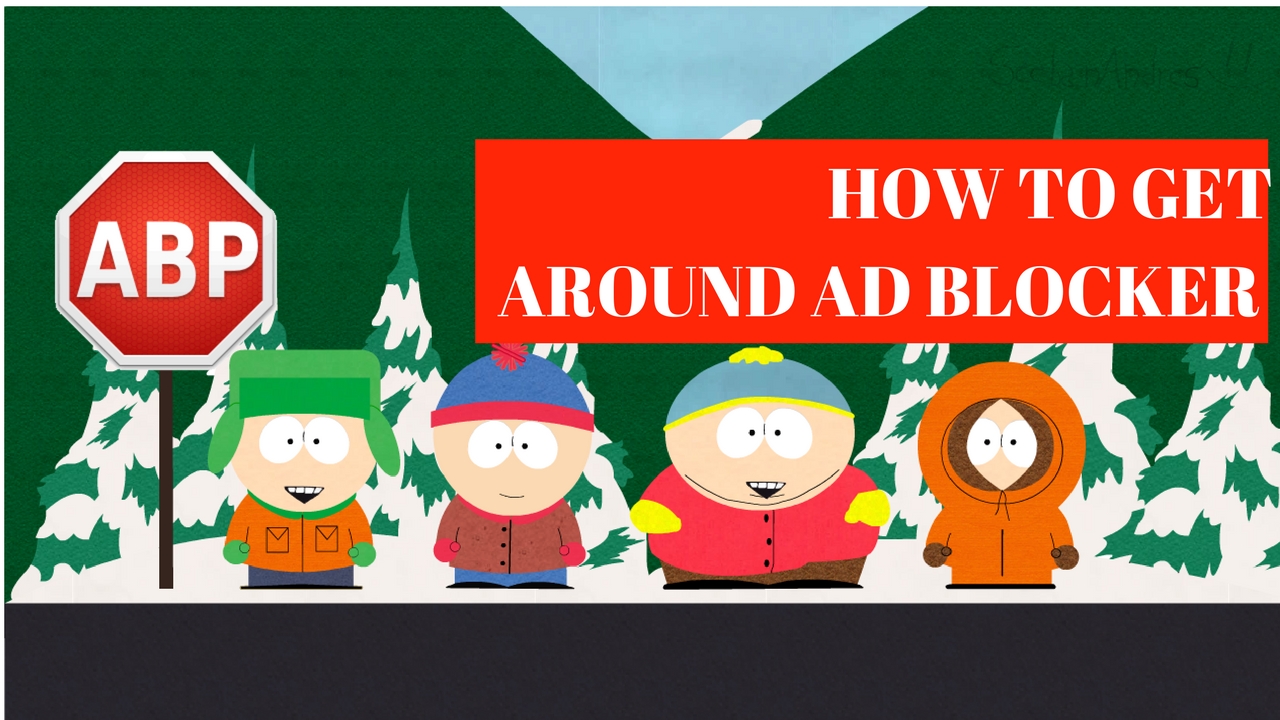Why ranking your e-commerce store high on search engines is so important? Because no doubt, this is the most effective way to sell.
People who search for a product on Google, for example, “Jordan shoes chukka red 2017 model,” are generally much more likely to buy it than visitors you will bring from Facebook and other traffic sources.
Search engine traffic has the highest ROI of all traffic sources and is also the best traffic: free and recurring.
If you’re not optimizing your e-commerce store, you’re leaving money for your competitors.
In this guide we will focus on all aspects of e-commerce SEO: preparing your store for long-tail keywords as well as more generic keyword terms for both short- and long-term success.
Read on for some of the most efficient techniques to get your Shopify or any other e-commerce store ranking higher!
Shopify SEO Checklist Steps
1. Choose A Good SEO Ready Shopify Theme
Shopify comes with hundreds of professional themes for a reason: you should invest some time in not only picking a nice looking one but analyzing its efficiency.
Newbie e-commerce owners often overlook this detail and choose a theme mostly just based on its appearance.
The default Shopify theme is one of the most well-optimized themes on Shopify, so you may want to consider using it if you know how to modify it (or if you can pay someone to).

Simple Shopify theme
You can test the themes using an SEO site audit to see which one is the most beneficial for you.
The process is pretty straightforward, and you should do it before you officially launch your store.
There are 2 ways of doing this:
- Soft-launching the store
- Soft launch the store,
- Install the theme you want to test,
- Run a site audit,
- Compare results with different themes.
- Running a site audit directly from Shopify’s theme directory
In this case, it’s not necessary to install the theme. You can just navigate to Shopify’s theme directory, choose a theme, and click “Demo.”
This will open a preview of the theme within an iframe, so we should click the ‘x’ button on the top-right to get the direct URL to the preview store, for example:
https://brooklyn-theme.myshopify.com/
You can run the site audit on this URL.
There’s a great free site-audit tool from SEO SiteCheckUp you can use:

After you complete the comparison, take a look at the most critical factors and decide which theme performs best.
You should pay extra attention to the headlines, meta tags, and everything else mentioned under the high priority fixes. Invest some time here and it will pay off in the future!
2. Name Products And Categories Wisely
Although the importance of product naming tends to be underestimated, we have seen a tremendous difference in rankings with site owners who follow this advice.
Wise product naming is one of the best secret techniques for marketers. Using distinctive and well-thought-out names will help you rank higher and for the right long-tail keywords.
By making some efficient changes in product and category names, you will help drive more traffic to your e-commerce store with minimal effort.
Let’s take a look at an example:
Suppose you are selling a not-so-famous JinJui clothing brand and you have the following product on your store:
JinJui duck-egg pants for men
Ask yourself the following questions:
- Who are the users searching for when they want to find the product?
- How would your ideal customer find your shop on the internet?

Duck egg pants search query on one of the fashion sites gives no search results
Duck-egg is probably not the color they would search for.
You could use the Keyword Planner tool by Google to see traffic estimations for those keywords, but don’t go too general; your product name has to be descriptive.

Keyword data for the related keywords in Google Keyword Planner
In this case, the following would most likely work better:
JinJui soft blue pants for men
If you’re selling known brands, you might want to include brand names into the product names along with some more detailed information.
Think of what keyword you would search for if you wanted to find a product on your site.
The point here is, you don’t have to do what everyone else is doing, you have to do better.
If you’re selling branded products, look at the naming your competitors are using, do keyword research and find a better way to name yours.
If you’re not selling branded products, focus on product characteristics to make product names descriptive and easily searchable.
You can apply a similar strategy with category naming: descriptive and straightforward, but not too broad.
3. Start a Blog
You’ve probably heard that millions of times, but let me say that again: providing quality content on your blog can be one of the greatest advantages of your business.
When it comes to a blog, there are three mistakes that you should avoid:
- The content provided in the blog is boring
Think more of what your readers are interested in and who your target audience is. Think of ways to present this information in an interesting way.
For example, if you’re selling shoes, you could provide some information on how often you’re supposed to change your shoes.
Provide some shoe care tips and tricks that your buyers can apply to improve the longevity of their shoes, as well as information about current fashion trends and style tips.
- The content is hidden and not easy to share
It’s crucial that you have sharing buttons visible and accessible on the blog. Ideally, they should scroll with the user.
Make sure that as the post gets shared, an attractive image is attached. When you publish a new blog post, share it with your mailing list and on your social media channels.
You could also ask some influencers in your niche to share it on their social media or mailing list.
- The blog does not have enough incentive for a call to action
At the end of each blog post, ideally, you should invite the readers to subscribe to your mailing list – as well as share the article on social media.
Let them know that subscribers are notified about special offers and promotions from your store, along with new blog posts. You could also set up retargeting for certain blog post categories.
For example, a blog post “How to choose the right running shoes?” could have a remarketing pixel to show users an advertisement for running shoes.

Shopify blog itself covers pretty much everything about e-commerce, business, and trends – as well as offers free online business lessons
4. Reach Out To Related Bloggers And Websites
If you’re wondering why some of your competitors are ranking so high on certain keywords, whereas you can only dream of showing on the first page of Google, blogger outreach is the secret of what you should be doing.
You need an ongoing strategy for writing high-quality content for blogs related to your store niche.
This way you can promote your name or the store and get a backlink to your site.
Ideally, you should look for blogs that have high domain authority on a scale from 1 to 100. There are many blogs out there willing to accept and publish your article.
You can find them easily by searching for “write a guest post <insert your niche keyword>” on Google or just by contacting some of the sites and telling them what you can write for them.
Make sure the content you write is informative and entertaining. Provide your own experience and view on certain topics, problems, and solutions that will make you stand out.
This way it shouldn’t be difficult to establish relationships with website owners who will help to push your site on top of relevant keywords for your business.
5. Monitor Progress And Your Competitors
Did you know there are metrics that will tell you precisely how your search visibility and growth are improving in comparison with your competitors?
You should start tracking rankings of all the keywords that are relevant to your site: those that you’re already ranking for and those that you want to be ranking for.
When you have all those keywords identified, you should look at the average rank, or more precisely, the adjusted average rank of your site’s search performance.
It will just include your non-ranking keywords in the calculation.
This is probably the most important metric that you should observe weekly, if not daily, to know if your boat is moving in the right direction.
The second most important metric is a comparison with your competitors.
You should look at the average rank where you must exclude your branded keywords in the calculation.
You can achieve this with a proficient search engine tracker, such as Nightwatch.

Average ranking comparison of all competitors for an example e-commerce store
There are also other important SEO growth metrics that you should be measuring for a better understanding of how your website is performing on search engines.
If you still don’t know who your business competitors are, it’s time to write them down. Don’t worry, eBay and Amazon aren’t your competitors.
Focus on the e-commerce businesses that are in the same niche or of similar size to yours.
6. Apply the Most Important On-Site Changes
There are many on-site SEO changes and improvements you can do. But these are the most important:
- Include the main keyword in the website’s title
Do you know what the main keyword phrase that you want to be ranking for is? If not, you should find it. For that purpose, you can also use a keyword research tool we already mentioned.
But don’t come up with a general keyword like “shoes” – you should be more specific.
After that, make sure to include this keyword in the title of your website, especially on the index page and appropriate category subpages.
You can configure this in the homepage title and description under Online Store › Preferences of your Shopify admin section.
Having the right keyword in the title and meta-description makes a big difference in ranking for this keyword.

Including the main keyword “bedding covers” in the site title and meta description of our site
- Include the main keyword of the subpage in the headline
The idea here is that every page on your store should be a landing page for a certain keyword for search engines.
This means that you should use the main keyword (or some variation) on the page which you want users to enter from search engines.
- Include the main keyword of the subpage in the URL
This point follows the same logic as the previous one, except that we include the main keyword in the URL (it could be a product page, category page or a blog post).

Editing a product SEO URL in a Shopify store where “Soft Pillow” is our target keyword
Shopify is flexible with editing SEO titles and permalinks, so you should use these features to your advantage.
Final Thoughts
There are many caveats when making your e-store bulletproof for SEO on Shopify.
However, this article has explained to you the most important aspects of optimizing your Shopify store.
While some of the tips require a higher amount of work and attention, they are worth applying if you want to move your Shopify boat to the coasts with more fruit and sun.
Successful and persistent implementation of these strategies will provide you with the growth needed to reach the top results of Google and other search engines.
Do you have any other Shopify SEO strategies in mind? Share them below in the comments section!

What You Will Learn On This Blog!
Stay tuned and subscribe to my blog so you will get notifications on new posts. I will slowly break down these topics:
- SEO(Search Engine Optimization).
- Affiliate Marketing.
- Free and Paid traffic hacks.
- Coding and WordPress
- Make money with a computer and an internet connection even while you sleep.
Follow me on social media, you’ve got all the links on the right bottom side of this blog, also comment and contact me if you need help.
Here are my top resources I always use to become a great affiliate, take a look here!
Do you want to be a free man or woman? Jump in the crew then!
Much Love and Peace Out,
Marco Diversi.




